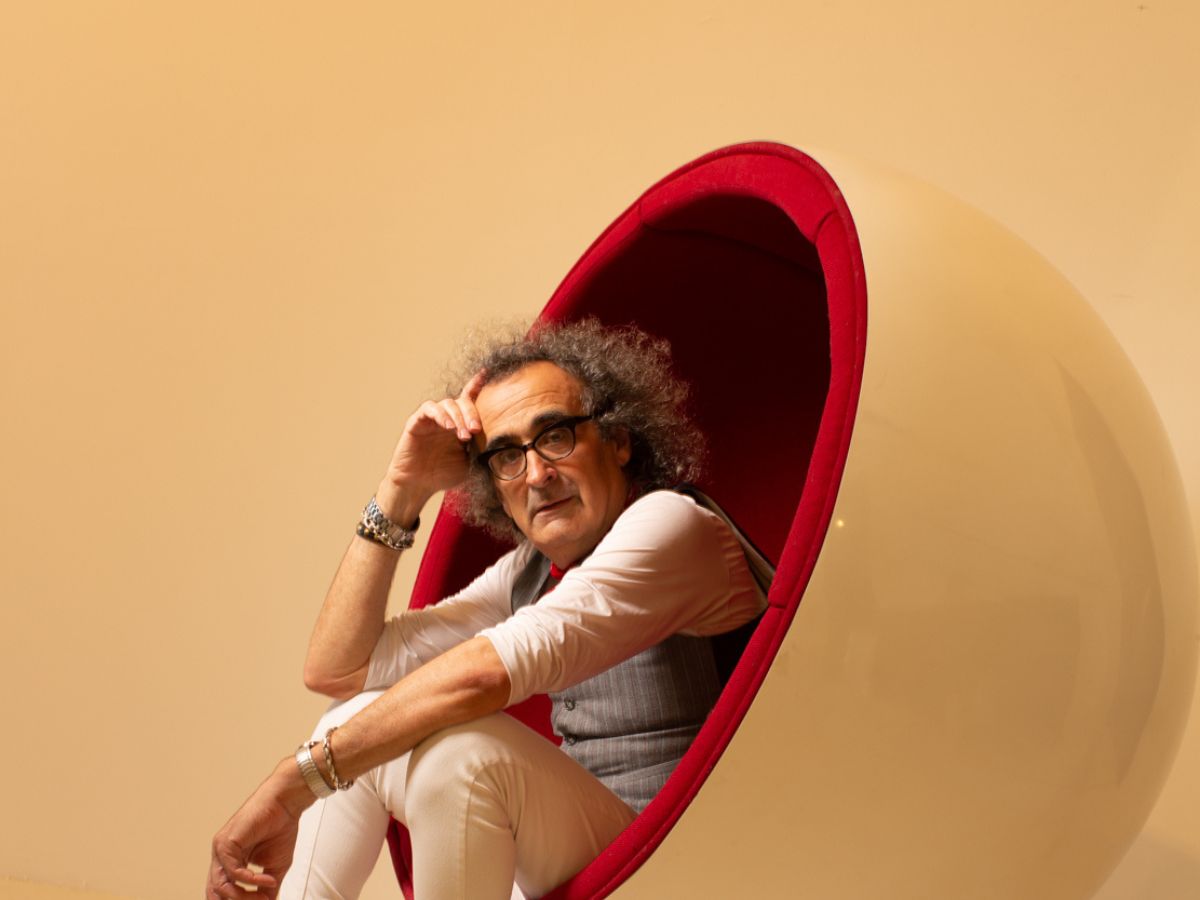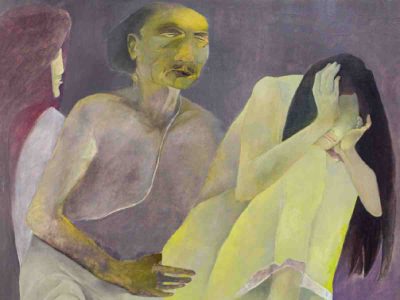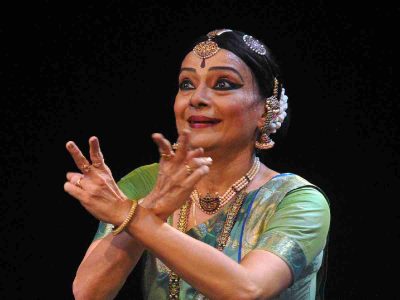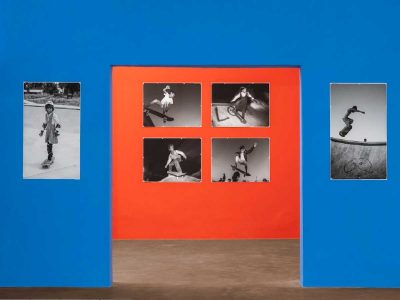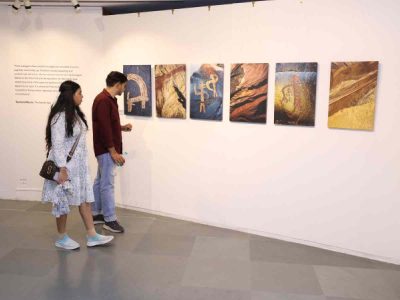Ozeri thanked Prime Minister Narendra Modi for supporting Israel and added, “Indians and Israeli people are similar in nature — they are fighters”.
Ozeri, who spent much of his childhood in Israel and is famous for photo-realistic paintings, said Israel never harms civilians in Gaza.
“They treat all of their civilians and Palestinians in a nice way. We cannot live in silence anymore. Israel has to destroy all these people [Hamas and Hezbollah] and I hope it happens now,” he said.
According to reports, the toll of the conflict is staggering as over 1400 Israelis lost their lives in the Hamas attack, while more than 5,000 Palestinians, including over 2,000 children, perished in Israel’s assault on Gaza.
Ozeri is a New York-based Israeli artist who is known for his work in photo-realism, featuring highly detailed and lifelike depictions of his subjects.

He is famous for his hyperrealist oil paintings, which exist in many distinguished permanent museum collections such as the Albertina Museum in Vienna, the Smithsonian American Art Museum in Washington, the Tel- Aviv Museum of Art in Israel, the Whitney Museum of American Art in New York and many others.
His works have been showcased extensively around the world, including solo exhibitions in Spain, China, The Netherlands, France, Germany, and Mexico.
Ozeri’s art often captures the interplay of light and shadow, as well as the intricate details of the surrounding environment. It blurs the lines between painting and photography, creating a sense of intense realism.
He presented his work from October 12-22 at an exhibition named ‘My Territory’ at Bikaner House, where he also exhibited his new project, which revolves around Delhi. Patriot interviewed Ozeri to learn more.
What does “My Territory” mean? How do you perceive it?
A. It is about how I add things in photo-realism. Most of the photo-realistic artists in the past were painting an exact replica of the photographs [that they would capture]. In my case, because I started as an abstract painter, the background and the foreground are exact. Even in real life, the closer object is much sharper, and the farther object appears to be abstract.
Q. You said you started as an abstract artist and then took to photo-realism. How did it happen?
A. My journey as an artist started in my childhood when my father used to take me to Jerusalem to draw the surrounding landscape. I knew from a tender age that this was my form of expression. In Israel, at that time, realism wasn’t taught in most art schools. I started out rendering, collaging, and painting abstract paintings.
When I left the country and came to Europe and America, I came to know about realist painters like Diego Velazquez. I was taken by surprise and needed to express myself in similar ways. I came to understand that if I didn’t know how to paint a portrait I couldn’t call myself an artist.
In America, I saw this life and excitement, and I began capturing it little by little. It took 25 years until I became a realistic painter, and then I became a photo-realistic painter.
Most artists start with realistic painting, and then their art becomes abstract or conceptual. In my case, it was the opposite.
Q. Your paintings often feature young women in their natural settings. What draws you to this subject matter, and how do you choose those?
A. I am drawn to intimacy and beauty. I am greatly influenced by the Pre-Raphaelite English painters, who focused on imitation of nature as a form of art and Romanticism. I am drawn to the simplicity of human connection to nature. Women are one of the most painted subjects in art history. And to me, they are the most important. I celebrate women and all of their glory.
Q. You are presenting your work in Delhi. What were some of the places here that fascinated you as an artist and why? What are the things about the city that you loved the most?
A. The last time I was here, I was fascinated by the colours, people, fragrance and energy. I loved how the people were so friendly and straightforward. I visited a market in old Delhi, and I was inspired by the energy and the chaos there.
At the show, there is one piece of a man who sells books. The man looked to me like a painting of Diego Velazquez. There is a painting by him that is similar to that [look]. He was looking at me and I took a photograph. When I painted it, it came out so authentic and strong.
I paint and capture the people in rickshaws, those who sell textiles, people who sell a lot of spices… My work in India is not too different from what I capture at the markets in America. It’s the same feeling, even if it is too different. I feel at home here. I came here and I felt that I have seen the same things in Jerusalem, or a marketplace in America. It’s always interesting to see the connection between them.
Q. You talked about cities and how they are not so different from each other when it comes to life there. So, how much life in the cities, especially in New York, has influenced your artistic vision?
A. I was working with women in nature and dealing with beauty. Suddenly, my daughter asked me why I don’t paint people who live around me, in the streets. Then I started to go outside — in the diners, markets, subways — with a camera and it was a different world and energy. It was the reaction, the fastness, and the energy there.
I have a studio in New Jersey, which is like a small India. So everything is very similar; people go to the street everyday, and you see the chaos, colors, and people surviving. It’s not only about the beauty but about the chaos as well. How everything — good and bad — comes to life in the streets together.
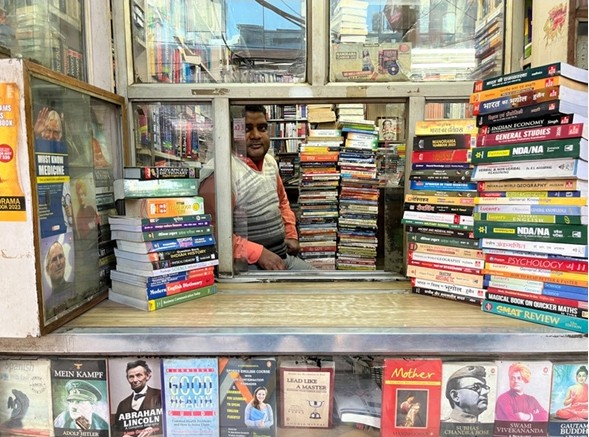
Q. You often take photographs of your subjects before painting them. How does it change the creative process? How could it be different from, let’s say, painting a subject live?
A. Not just photographs, I take videos and take shots from there to paint. I am doing something different from what other photo-realistic painters do. I call it erasing the photograph, while they call it adoring it.
It means that I take the first photograph and I change it completely until I come to the last painting I choose to paint. In a way, I don’t admire the photograph, I erase it. So, for me, it’s always about what other artists in photo-realism didn’t do. For this, I need to add something to the image.
Q. One of your paintings of the subject Priscilla reminded me of Ophelia by John Everett Millais. Can you share your thoughts on the influence of ‘Ophelia’ or Pre-Raphaelite art, which has been said to be an influence in your work?
A. Ophelia and Pre-Raphaelites directly influenced the Priscilla in Ecstasy series. I’ve been influenced and paid homage to many art history legends that I felt impacted by. It was an important series for me to touch on as I feel it was such a controversial piece. Critics hated it because they felt like her expression didn’t do her suffering justice. I took it and added my own connotation.

